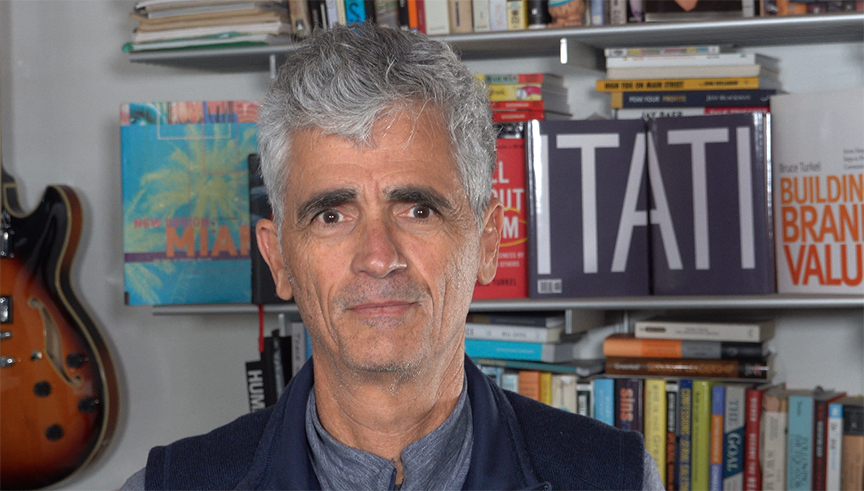Click HERE to watch the video.
Back in the days of disco, people would dress to impress before they went out for a night of drinking and dancing. Women feathered their hair, slathered on their teal eye makeup, and slipped into their glitteriest cocktail dresses or their tightest jeans. Men festooned themselves with platform shoes, silky shirts with collars that could have subbed for hang glider wings, double-knit leisure suits, and 55-gallon drums of Jheri Redding hair gel and Aramis cologne.
As far as I understood it, women were there to dance. But it was almost every guy’s dream to walk in, have a beautiful woman shimmy up, grab him by the arm, lean into his ear, and whisper, “Let’s go back to your place.”
Are you laughing yet?!! Remember – I said “dream.” This phenomenon is a condition that my friend and mentor Will Ezell has taught me is called Unrealistic Expectationitis.
When I do a Discovery Day with my clients and the effectiveness of their websites come up, one of the first questions I ask before I even type their URL into my browser, is this: “What do you want people to do when they come to your site?”
Almost everyone says the same thing: they want their visitors to BUY.
That answer then triggers this question: “What percentage of websites do YOU buy from the first time you visit?”
(You already know the answer.)
Believe it or not, I feel the same way about websites as I do about taglines, logos, and other branding miscellanea. I mean, how many times have you ever said to yourself “Wow – that logo is so freaking awesome that I’m going to walk into that place and SPEND MY MONEY RIGHT NOW!?”
I’m not saying that it hasn’t happened any more than I’m saying that one-night stands don’t exist. I’m just suggesting that it’s not the norm – it’s an anomaly. Or, as I said, Unrealistic Expectationitis.
Instead, what WILL get people to do business with you are affirmative answers to three questions:
- Do they know you?
- Do they like you?
- Do they trust you?
Going deeper, do they believe you are their best choice? Can you solve their problems and make their lives better? And can you deliver the results that you promise?
Show me a logo that answers those questions. Show me a website that can deliver all of those things. Ironically, it usually works the other way around…
You provide passionate, personalized, powerful products and over time your logo begins to embody those qualities too. As Paul Rand – the designer of such classic marks as ABC, IBM, UPS, and many more said in his book, Design Form and Chaos, “A logo derives its meaning from the quality of the thing is symbolizes, not the other way around.”
Almost to prove his point, another of Rand’s logos, this time a design he created for an energy company called Enron, now embodies all of the bad feelings we have for that company, regardless of the quality of Rand’s graphic design itself.
And here’s something else. I’ve seen clients struggle painfully over their mission and vision statements as if they’re going to be stuck with them for the rest of their lives. While in the real world, you and I both know that those statements can be changed as soon as tomorrow if necessary. Sure consistency is important – after all, BMW has been “The Ultimate Driving Machine” since 1972. But that very same company changed their logo at least six times since their founding. Mercedes has altered theirs at least seven times. Shell and Pepsi have each changed their logos 11 times.
The way to overcome Unrealistic Expectationitis, then, is to understand that you’re creating a culture of passionate dedication to meeting your customers’ needs and wants and improving their lives through your actions. And you’re creating and using your branding materials to support and confirm those values.
Not the other way around.


When the music starts to playin’
She slides out on the floor
Dancing without a partner
Swaying on the two and four
There’s a rhythm in her footsteps
And a flower in her hair
A smile on her face
‘Cause she’s in a place
Where she don’t have a care
She ain’t looking for no lover
She ain’t looking for a romance
She just wants to dance
She just wants to dance
Yeah, she just wants to dance
Ooh, she just wants to dance
Keb Mo